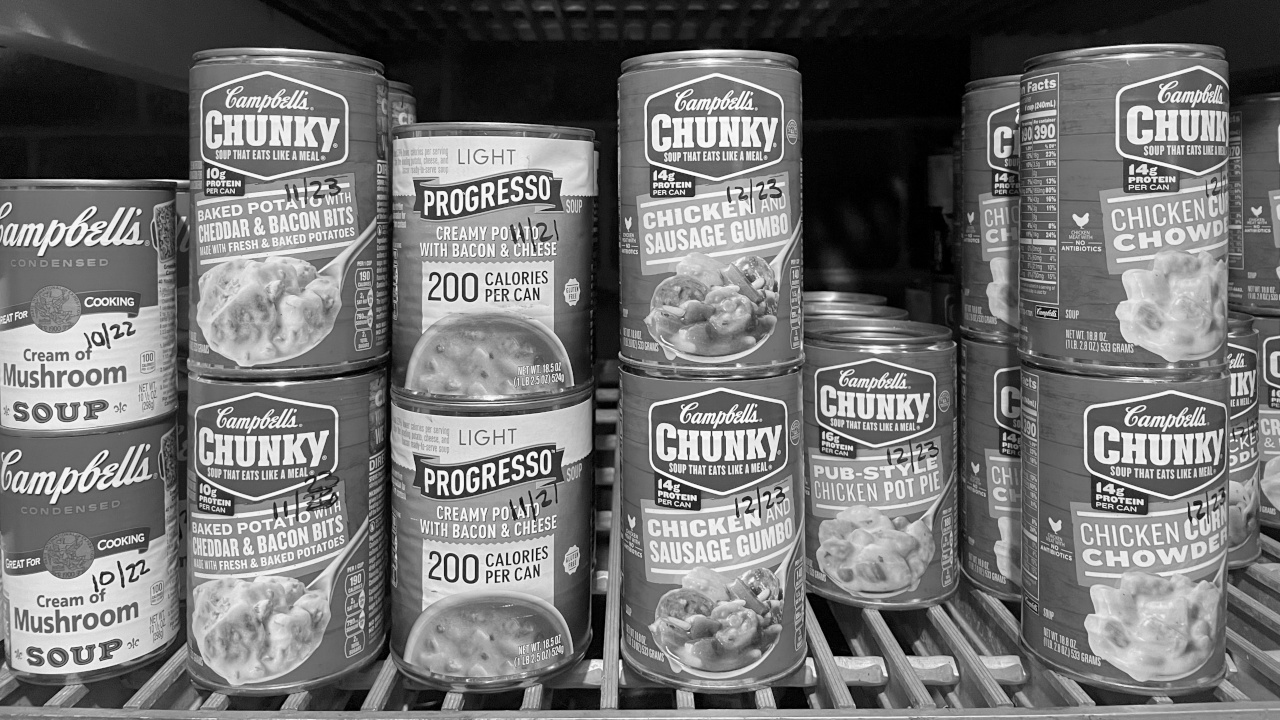How to Protect Your Backyard Chickens from Bird Flu (H5N1)
Welcome back everyone. Let’s talk about chickens and how to protect them from H5N1 aka, bird flu.
Backyard chickens are becoming more and more popular, but with that rise in popularity comes growing concern about bird flu (H5N1). If you’ve got a small flock, or you’re thinking about starting one, you’ve probably seen the headlines and wondered, “How do I keep my chickens safe?”
I went through this myself not too long ago. When my family got our first four hens in August of 2022, we quickly realized just how many obstacles there were, not just in raising chickens, but even in being allowed to own them.
The Local Fight for Chickens
Here in rural Central/Western Virginia, keeping four hens for fresh eggs turned into a bureaucratic headache. At the time, you needed written permission from neighbors, a formal letter, and an annual permit fee, basically hoops to discourage backyard chicken ownership.
When we worked to change these ordinances, the county pushed back hard. One of their biggest arguments? They claimed backyard chickens might threaten the local commercial egg industry. And wouldn’t you know it, right as the ordinance was up for a vote, an outbreak of bird flu in turkeys popped up in a neighboring county. The timing gave local officials exactly the excuse they needed to resist change.
That was my introduction to how big a role bird flu plays in both backyard and commercial poultry discussions. From there, I started digging deeper.
What I Learned About Bird Flu
I reached out to the Virginia Department of Agriculture for the facts. Here’s what I learned:
- Bird flu (H5N1) is primarily spread through the droppings of wild geese.
- It has since been found in crows, turkey vultures, and other wild birds, which makes it even harder to control.
- Once a single chicken in your flock gets it, it spreads fast.
In other words, the biggest risk isn’t your chickens, it’s wild birds.
Three Key Steps to Protect Your Flock
1. Limit Exposure to Wild Birds
This is the number one step. Migratory geese are the main carriers, and they love open fields with standing water. If your chickens free-range in those areas, or if you encourage crows around your coop to scare off hawks, you’re increasing risk.
For us, living in a wooded area is an advantage, since wild geese prefer wide, open farmland. Still, I scout nearby fields just to know where risks might be coming from. It’s worth the drive.
2. Practice Good Biosecurity
“Biosecurity” might sound like something only giant farms worry about, but it matters for backyard owners too. Bird flu often spreads when contaminated mud, water, or equipment gets tracked into a poultry area.
- Be careful when visiting other farms.
- Wash your boots before returning to your chickens.
- Avoid sharing equipment like feeders, waterers, or even hay from unknown sources.
Big commercial farms struggle with this because wild geese land in their massive fields. As backyard owners, we have the advantage of scale, but only if we stay mindful.
3. Quarantine New Birds
If you’re adding to your flock, never mix new chickens in right away. We converted our first 4×4 coop into a quarantine space. It’s close enough for the birds to get used to each other, but far enough to prevent disease spread. Keeping newcomers isolated for a week or two is just good insurance.
Final Thoughts
At the end of the day, the best thing you can do is stay alert. Watch for geese in your area, limit exposure to wild birds, and keep your setup clean and contained.
Backyard chickens should be a joy, not a constant stress. By taking a few extra precautions, you’ll not only protect your flock, you’ll also avoid giving local officials one more excuse to make chicken ownership harder than it needs to be.
As always, stay prepped!




